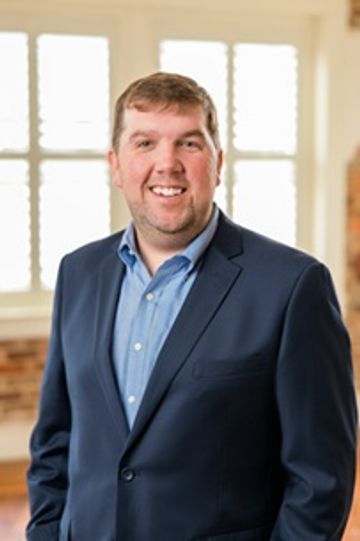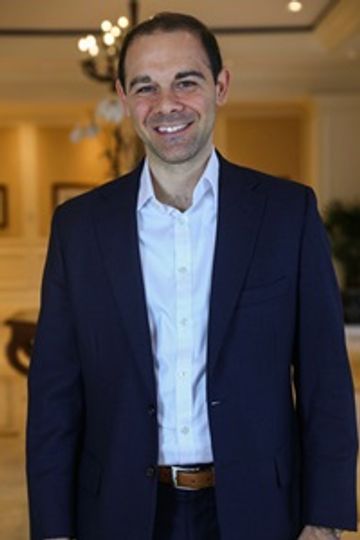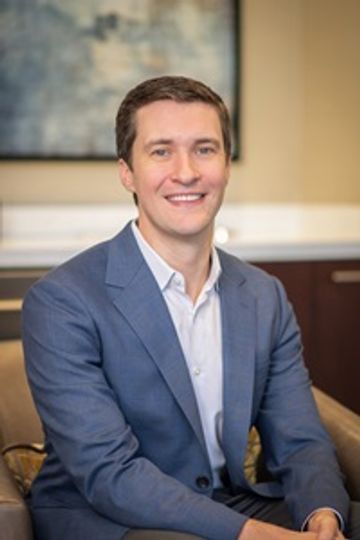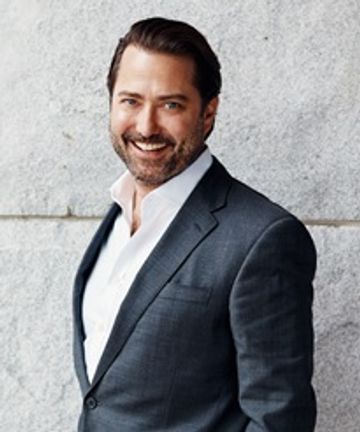New development remains challenging, but creative financing and unique perspectives provide opportunities.
Note: Over the next few weeks, Hotel Investment Today will publish 2025 outlook stories about development, management, deals and finance.
NATIONAL REPORT – In 2025, hotel developers are likely to face the same headwinds they have battled for the past few years – more expensive debt, stable but still high construction costs and hard-to-find A locations. That said, more excitement about potential opportunities is returning with some developers filling their buckets with new projects.
Grey Raines, managing partner of Raines Companies in Florence, South Carolina, said, yes, the headwinds for development remain, but development in his region, the Southeast, is relatively busy. “Our development arm was quiet the first half of 2024, but then we started looking at a lot of opportunities and now have filled that buck with a couple of projects under construction with three or four more coming out of the ground next year,” Raines said. “The headwinds are still the same ones we’ve been fighting. But I feel like they’re just not quite as strong.”
While Raines develops up and down the hotel segment mix, a player like Miami-based Gencom sticks primarily to luxury and Chief Investment Officer Alessandro Colantonio said they must be much more selective because of costs not only to build the property but to add the requisite amenities that guests demand. “Greenfield development is going to be a lot harder, and the headwinds are the costs and what you need to build and scale around resorts to make them competitive,” he said. “A trend that we’re looking at, especially in luxury, is experiences and more personalization. In luxury, having unique offerings is not just as simple as developing a golf course, tennis courts and having a bunch of restaurants. People want much more curated experiences. So, that might mean horseback riding through a coffee plantation, which we have in our Auberge in Costa Rica… In Papagayo, we’ve spent so much capital on building out our Explorers Club and programs. That’s where it makes it very expensive to develop.”
Not only are the amenities expensive to develop, but Colantonio would not go as far as to call them direct profit centers. “But it certainly plays into the profit, right? Where you really can make the profit is having these more unique experiences, especially on the luxury end,” he added. “If you make it more curated and personal, the guest is going to pay for it. So, actually you can create a profit center out of it. It also adds to length of stay. So, indirectly, that’s a profit center. That one additional day is going to make a big impact on your P&L. So, as we look at new development, yes, it’s hard to go ground up because you have to build out a lot more amenities than maybe you would have five, 10 years ago.”
A different perspective on development came from Dustin Fisher, senior vice president at Noble Investment Group, Atlanta, who sees a potential bright spot that could result from increased tariffs being proposed by President-elect Donald Trump. The result, he said, could be more domestic manufacturing, which would lead to more demand for economy and midscale products, especially extended-stay.
“Right, wrong or indifferent on tariffs, investment in domestic manufacturing and infrastructure is good for that segment,” Fisher said. “We’re building into that, and I don’t see the focus and emphasis on that changing over the next four years. That should be an unforeseen tailwind to what we already have in the pipeline and under construction. Those are already the markets we’re focusing on anyways – the markets that would be net beneficiaries of that.”
On the leisure side, Fisher said Noble is in a wait-and-see development mode after seeing softening in 2024. “It’s a big question mark for us right now, which I think is leading to a lack of feasibility on the development in a lot of those markets,” he said.
To get any of these new development deals done requires the right financing – often hard to get. With the Federal Reserve’s more hawkish stance of late, lenders are less likely to compress their spreads.
As a result, Mark Keiser, president of development for the Viceroy Hotels and Resorts brand at Highgate in New York City, said every deal right now is relying on some level of traditional senior mortgage construction financing, as well as some sort of C-Pace or even EB5 structures. “There’s the creativity around trying to get deals capitalized that is much higher and more complex. But developers are figuring it out, and construction is actually starting again,” he said. “They’ll borrow 60%, 55% construction financing, and then layer in C-PACE and EB-5 to get the rest of the way.”
Keiser said one alternative development approach seemingly getting more traction is the condo-hotel concept. “In a conversation with a lawyer in our space, she said she’s seeing a lot more condo-hotel product being developed and being talked about by her clients,” he said. “We were working on something in Mexico that you can call a condo-hotel, or you can call it branded residences with a rental program. In markets where there’s strong year-round occupancy, where the off-season is fairly small, we’re open to it.”
Keiser added that Highgate looks at how the developer-owned piece will reasonably generate on a NOI per year basis. “If we think that’s a sustainable number, whereby the developer would reinvest into the amenities that support the condos, then we’re open to the structure.”
Tags: Mark Keiser, Viceroy Hotels and Resorts, Grey Raines, Raines Companies




